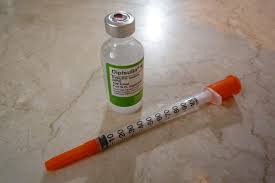Abstract
BACKGROUND: The escalating number of persons self-injecting medications, predominantly insulin, has generated concerns that the public is at risk of acquiring blood-borne infections from discarded needles/syringes. Communities have developed disposal guidelines but a debate continues over the need for further legislation and/or at-home safety devices. This study examines the number, characteristics, treatment and costs of community-acquired needlestick injuries (CANSIs).
METHODS: US-representative CANSI rates and characteristics were derived from 2001-08 National Electronic Injury Surveillance System All Injury Program data on product-related injuries treated at US emergency departments (EDs). CANSI-related medical care was examined using 2003-09 National Hospital Ambulatory Medical Care Surveys, representing all US ED visits. Cost analyses used 2010 Current Procedural Terminology Coding and Medicare rates.
RESULTS: In 2001-08, an estimated 16 677 CANSIs were treated in US EDs, with an associated annual rate of 0.7 per 100 000 US citizens (95% CI 0.6-0.8) and no observable temporal trend. The estimated maximum annual medical cost of ED-treated CANSIs was $9.8 million, or $0.03 per citizen, $1.66 per insulin-injecting person and $0.0018 per insulin injection.
CONCLUSIONS: US ED-treated CANSI rates are extremely low. Stricter disposal programs and the at-home use of safety devices do not appear to be needed at this time.
Jason J
J Public Health (Oxf) 2013 Sep;35(3):422-30
2013-04-03
PMID: 23554512
J-Public-Health-2013-Jason-422-30
